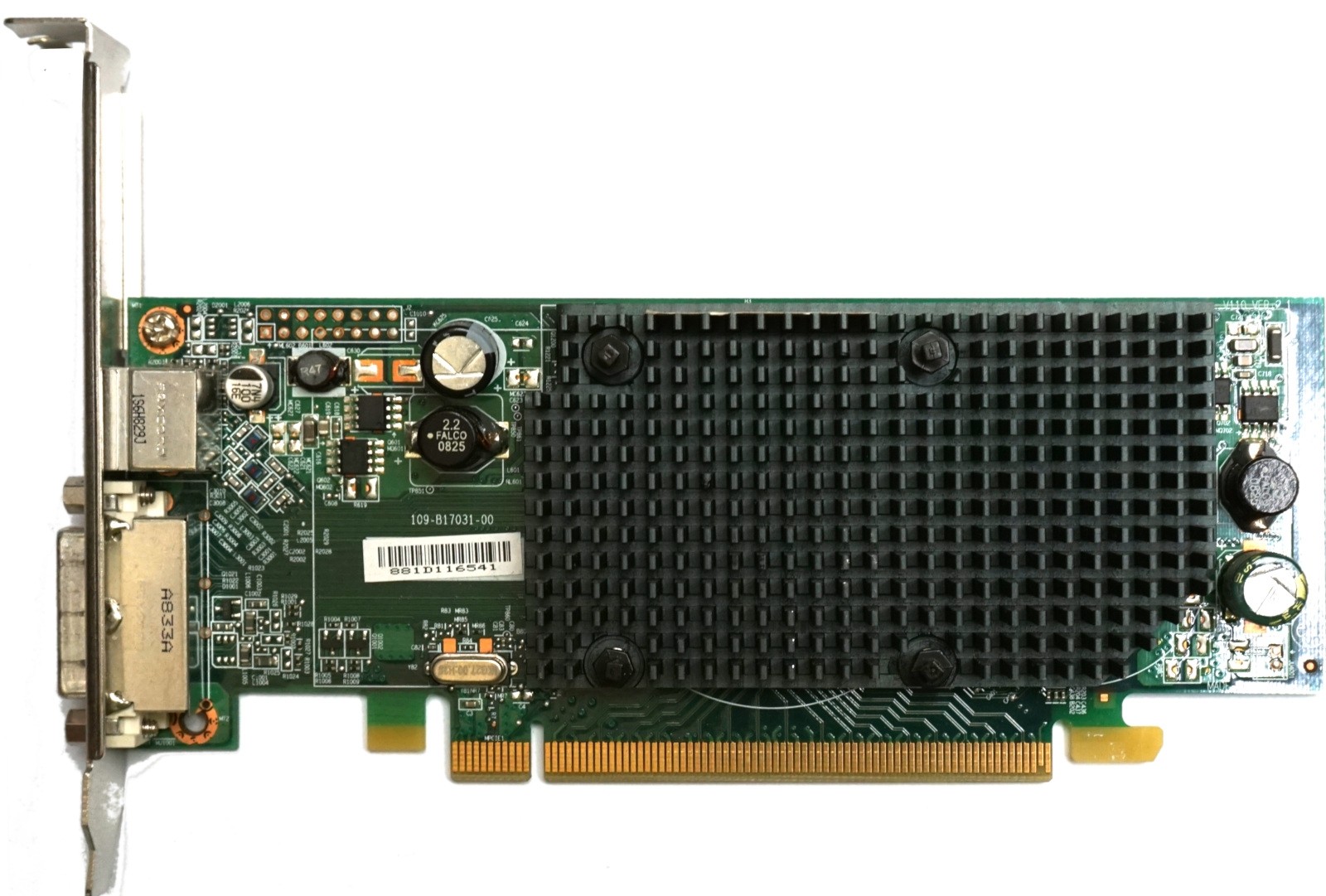

APFS itself involves extra containers and additional metadata that the kernel has to churn through before mounting the OS partition (as well as potential bugs), so compared to HFS that adds additional seconds before any of the relevant services have time to start. The second factor is up to macOS itself, modifications aren't involved. Since there's no technical contest between both newCore and Apple, the second part of the video only concerns the difference after the kernel has started. The EFI extensions, however, are from Apple, (and fully compatible with unsupported Macs) so kernel loading is similar speed once the disk is found. The first part (on an unsupported Mac) is done by newCore which is slower than the native Apple method that exists on the firmware of all updated Macs (and it's slower because it essentially does all the firmware modifications on every boot, rather than baking it into firmware). There's two factors involved for boot, how long it takes for EFI to find the APFS disk, and how long it takes for the kernel (once loaded) to mount it inside the macOS system. Was kind to answer some of my questions with the folowing:


 0 kommentar(er)
0 kommentar(er)
